All about decorative dahlias
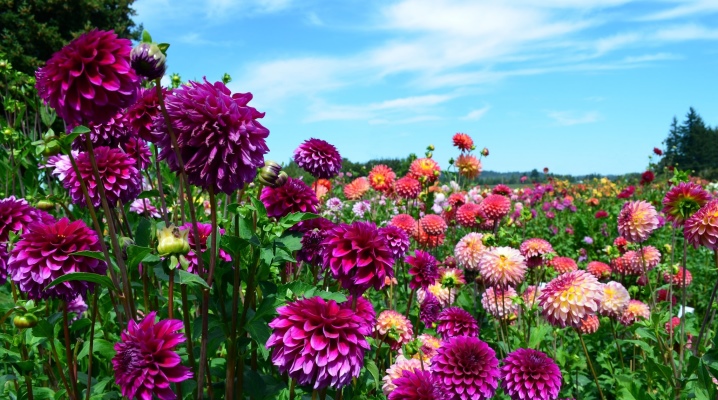
A beautiful legend says that the dahlia flower was formed on the site of the last extinct fireplace before the onset of the ice age. Although scientists claim that these flowers were brought by Europeans from the Mexican plateaus. There grew wild flowers, whose roots the Mexican Indians used for food.
Peculiarities
The modern dahlia is very different from its Latin American ancestors. There is a version that the roots of the plant were taken with them by Spanish travelers on their way home more than 400 years ago for use in food. The Europeans did not like the taste, but the beautiful flowers later became a garden decoration.
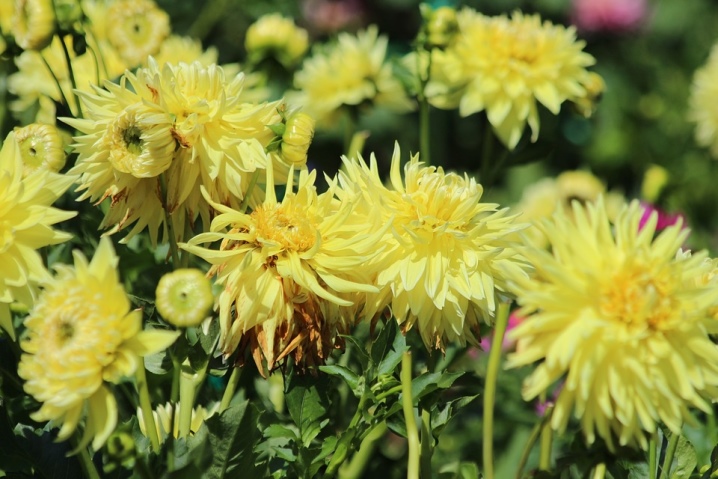
For many years, the inhabitants of Europe have cultivated dahlias in the tropical climate of greenhouses and greenhouses. The flowers came out weak and small. The first to plant flowers in the air was De Candol, a botanist from France, with an unsurpassed result. Since the 30s of the century before last, dahlias have been triumphantly marching around the world, and today the number of varieties reaches 3000.
"Akokotle" - one of the Indian names for dahlia, in Spanish is interpreted as "the flower has a hollow stem." The common name "dahlia" was given to the flower in memory of A. Dahl, and the Russian "dahlia" is dedicated to the memory of I. G. Georgi. Both are famous botanists in the past. Dahlia belongs to the Astrov (Compositae) family.
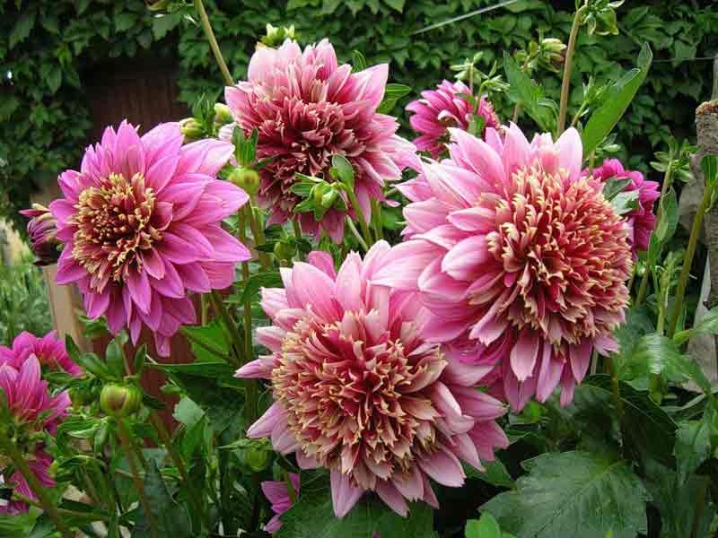
The stems of the plant are tubular, branched, from 0.4 to 2.5 m in height. The leaves are large, feathery. They can be whole, pubescent in different ways, placed in pairs. The inflorescences-baskets are wrapped in several rows of emerald leaves that have grown together at the base. Flowers on the edge are multi-shaped and multi-colored in the form of tongues. In the middle, the shades can be from scarlet brown to sunny golden. Fruits in the form of a dry nut, with a three-year germination capacity. The roots are tuberous, thickened and fleshy.
Classification of varieties
For 200 years of breeding, botanists from all over the world have carried out colossal selection work. In 1962, dahlia varieties were divided into 10 groups. The Academy of Sciences in 1983 classified 12 forms. Today, botanical species have replaced hybrids. The decorative group is the most numerous in terms of the number of varieties. The diameter of the flowers varies from 100 to 250 mm. Flowers are smooth and terry, monochromatic and mixed colors. The size of the bush ranges from 0.25 to 1.5 m.
- "Art act". The flower is 17 cm across. The color is violet-pink with burgundy strokes and strokes. The size is 85 cm high.
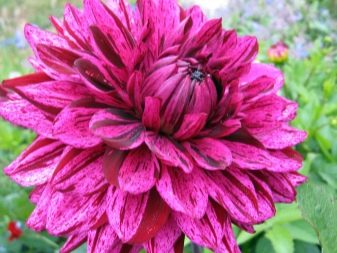
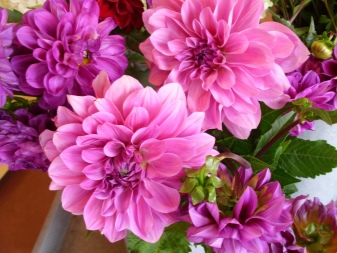
- Bohemian Spartacus. The diameter of the flower is 25 cm. The color is burgundy with the inclusion of beige-yellow petals. The height of the bush is 110-150 cm.
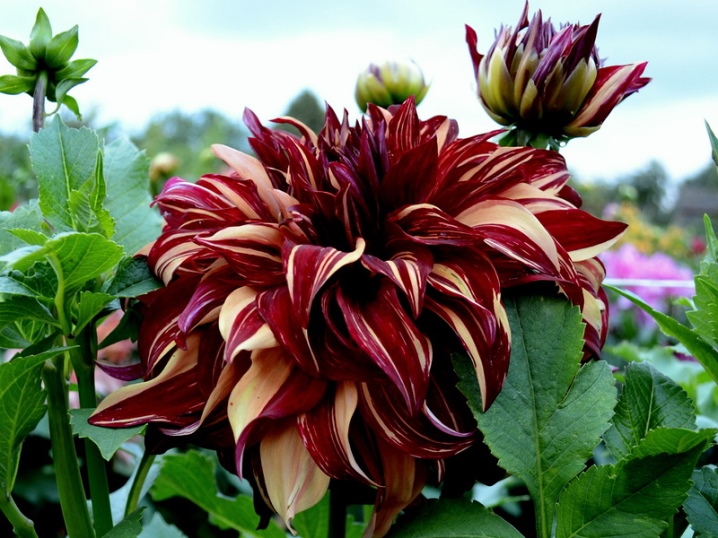
- Vassio Megas. The diameter of the flower is 20 cm. The color is lavender, with a lilac center. The height of the bush is 120 cm.

- "Victoria ann"... The diameter of the flower is 15 cm. The color is white with lilac tips. The height of the bush is 120 cm.
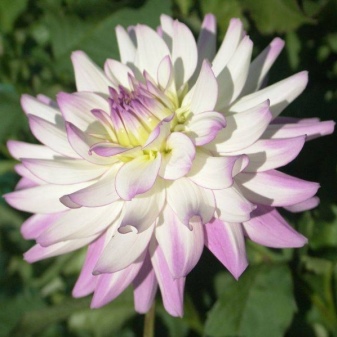

- Joey Mirella. The diameter of the flower is 9 cm. The color is deep burgundy. The height of the bush is 90 cm.

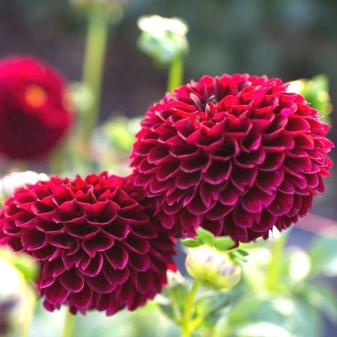
- "Cartouche". The diameter of the flower is 10 cm. The color is lilac-violet. The height of the bush is 800 cm.
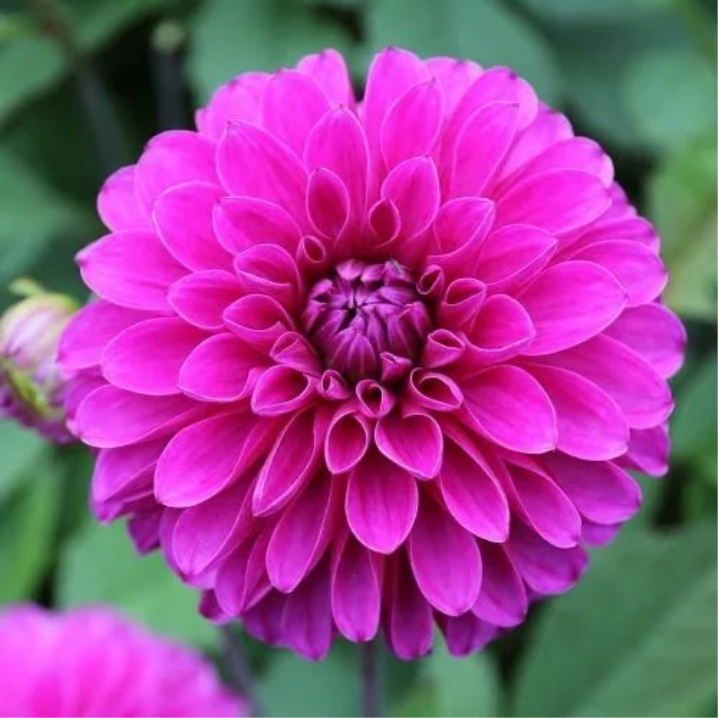
- Creme de cassis. The diameter of the flower is 12 cm. The color is lavender-pink with lilac edging and a dark center. The height of the bush is 70 cm.

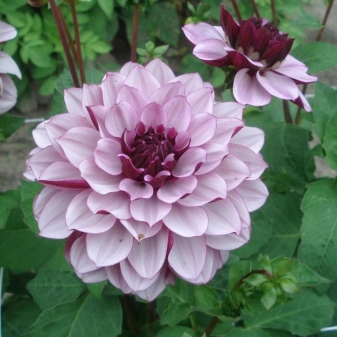
- Manhattan Island. Flower diameter - 20 cm. Coloring - bright red. The height of the bush is 90 cm.
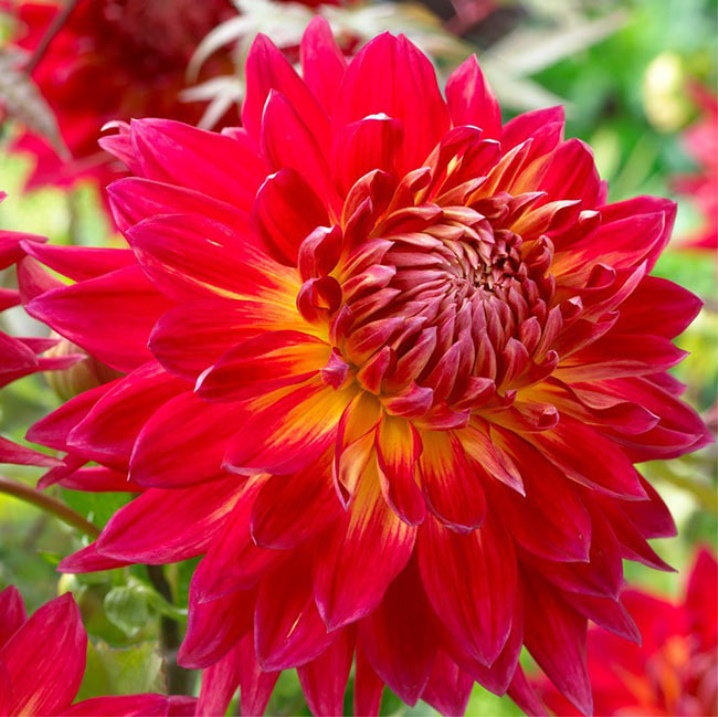
- Melody Allegro. The diameter of the flower is from 8 to 12 cm. The color is pink at the edges, rich yellow in the center. The height of the bush is 60 cm.
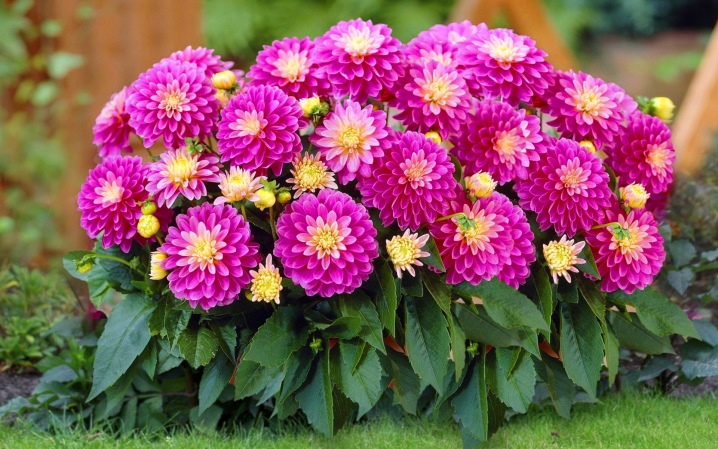
- Moonlight Sonata. Flower diameter - 20 cm. Color - coral-salmon. The height of the bush is 90 cm.
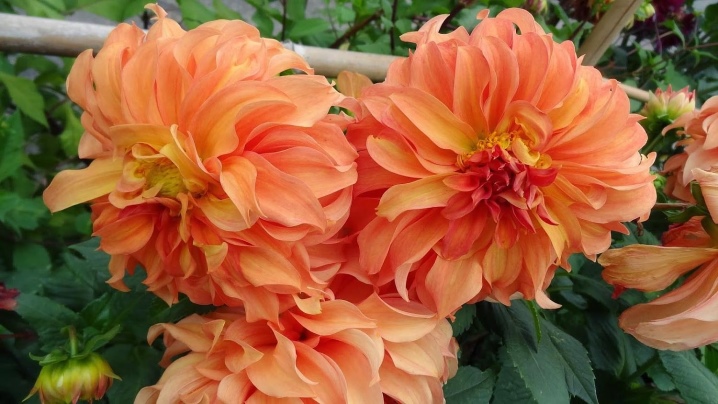
- Rebecause World. The diameter of the flower is 13 cm. The color changes from white to maroon during the flowering period. The height of the bush is 110 cm.

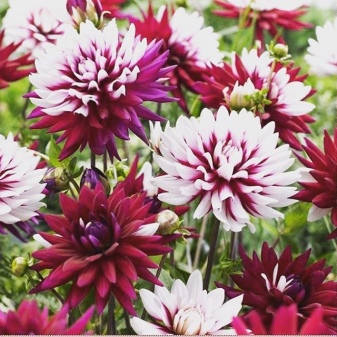
- The Pink Giant. The diameter of the flower is 30 cm. The color is deep pink. The height of the bush is 140 cm.
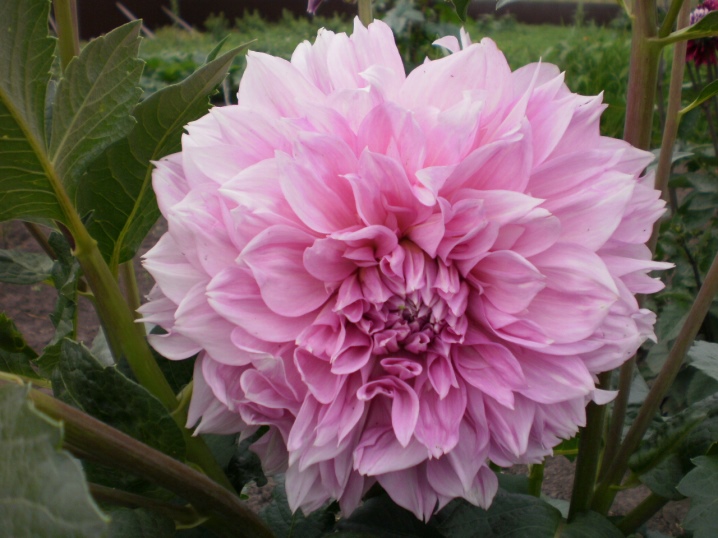
- Tyler James. Flower diameter - 20 cm. Coloring - orange-yellow. The height of the bush is 80 cm.

- "Flurel". The diameter of the flower is 25 cm. The color is snow-white. The height of the bush is 120 cm.
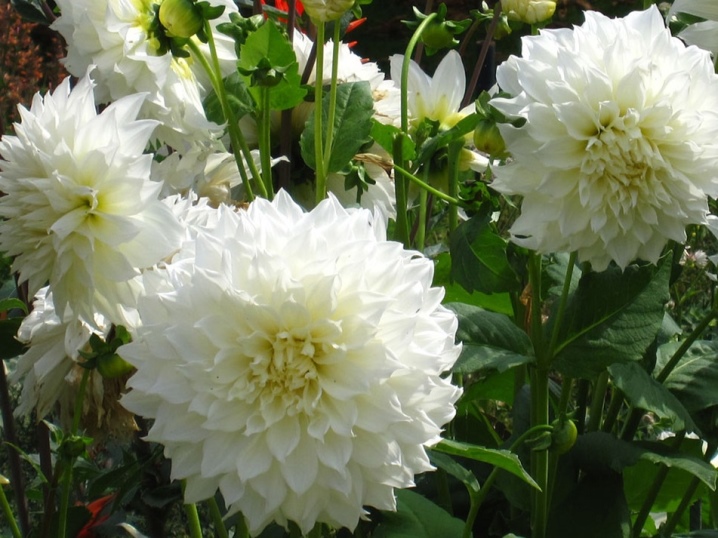
- "Edinburgh". Flower diameter - 10 cm. Coloring - dark crimson with white edging. The height of the bush is 90 cm.
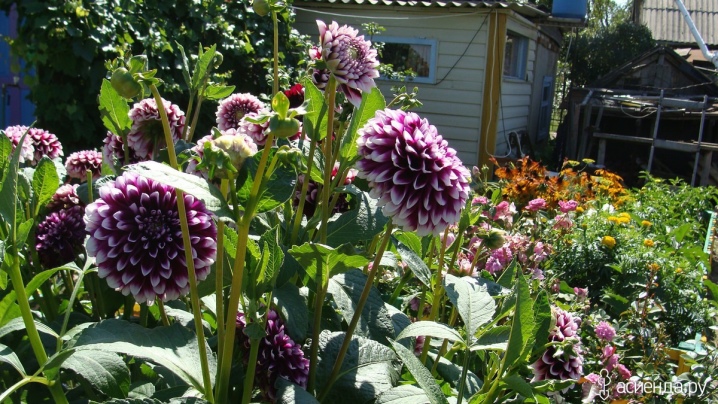
Agrotechnics
The place where dahlias grow should be sunny (at least 6 hours per day), not swampy. Flowers are afraid of strong cold winds. The soil can be any non-acidic. Optimal: humus-rich loam, pH 6.5-6.7. The site is dug up in autumn and spring.
If necessary, rotted manure and superphosphate (20-30 g) can be added to the hole.
Planting occurs in early June, when frosts are excluded. 2 buds are left on the sprouted tuber, the rest are broken out for better growth of the main shoots. The root must be buried on a shovel bayonet so that the neck is slightly buried in the ground. The bush must be tied to the handle and tied up as needed. After a week and then every 10 days, the plant is fed after watering until September. The main shoot is pinched after four paired leaves. Stepchildren and faded buds are promptly removed.
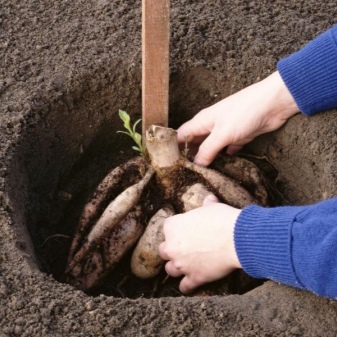
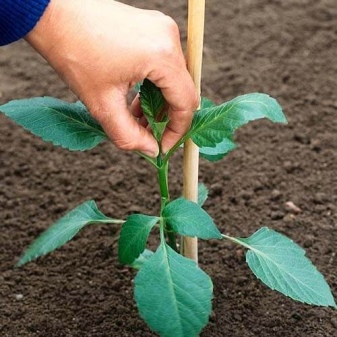
The pinching and pinching scheme looks like this:
- 1 - pinching the top,
- 2 - pinning,
- 3 - removing extra buds.

Reproduction occurs by cuttings, dividing tubers and seeds, less often by grafting. Winter storage is carried out by laying dried tubers in layers in boxes, sprinkling with earth. Dig up the distance immediately after a strong freeze. Storage boxes are lined with paper.
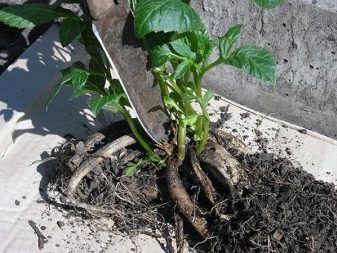

You can treat the tubers with a fungicidal solution with the addition of an insecticide, and then dry.
Pests and diseases
Pests of this plant are sucking and gnawing. The first are aphids, thrips, spider mites and slobbering pennits. The second are the beetles, clickers and all the scoops. It is necessary to carry out the prevention and extermination of parasites on time... In addition to insecticides, folk remedies are suitable: a concentrated decoction of wormwood and a solution of dark laundry soap.
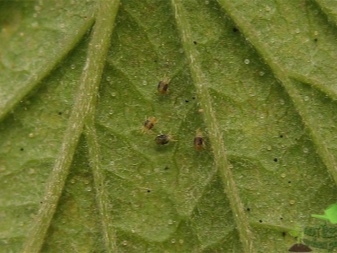
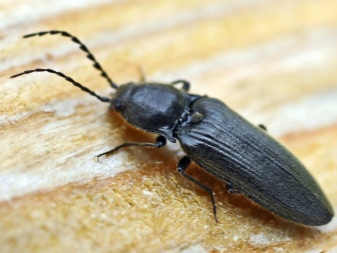
Diseases affect foliage and tubers. The insect-borne viral mosaic appears as light spots on the leaves. Dahlias do not grow and bloom well. Bacterial cancer infects tubers with ugly growths.
Such bushes and tubers must be burned.
Secrets and Tricks
Take advantage of professional advice for dahlias to delight you lush flowering.
- The planting site of the bushes should be changed every 2 years.
- The best fertilizers are Flora and Ekola.
- Organic and mineral fertilizers are applied to the soil before the autumn digging.
- Dahlias grow better outdoors than in flowerpots.
- Several garter cuttings are set around the tall flowers.
- Dahlia periodically needs to be weeded, loosened and huddled.
- Daily watering can be replaced with mulching, and after the flowers grow, it is worth covering the ground with roofing material.
- If the place of the stem break is wrapped with a layer of moss moistened with a solution of propolis (600 g per 100 g of water), and tied with birch bark, an influx is formed on the lesion. Dahlia will bloom again soon.
To make the garden plot look colorful and non-trivial, it is worth planting dahlias on it. Low-growing curbs or giant two-meter, they will delight the eyes of any connoisseur of ornamental plants.
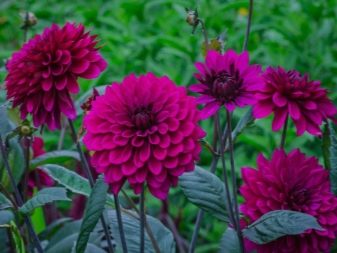
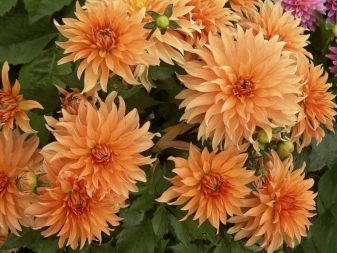
The best varieties of dahlias are described in the next video.







































































































The comment was sent successfully.